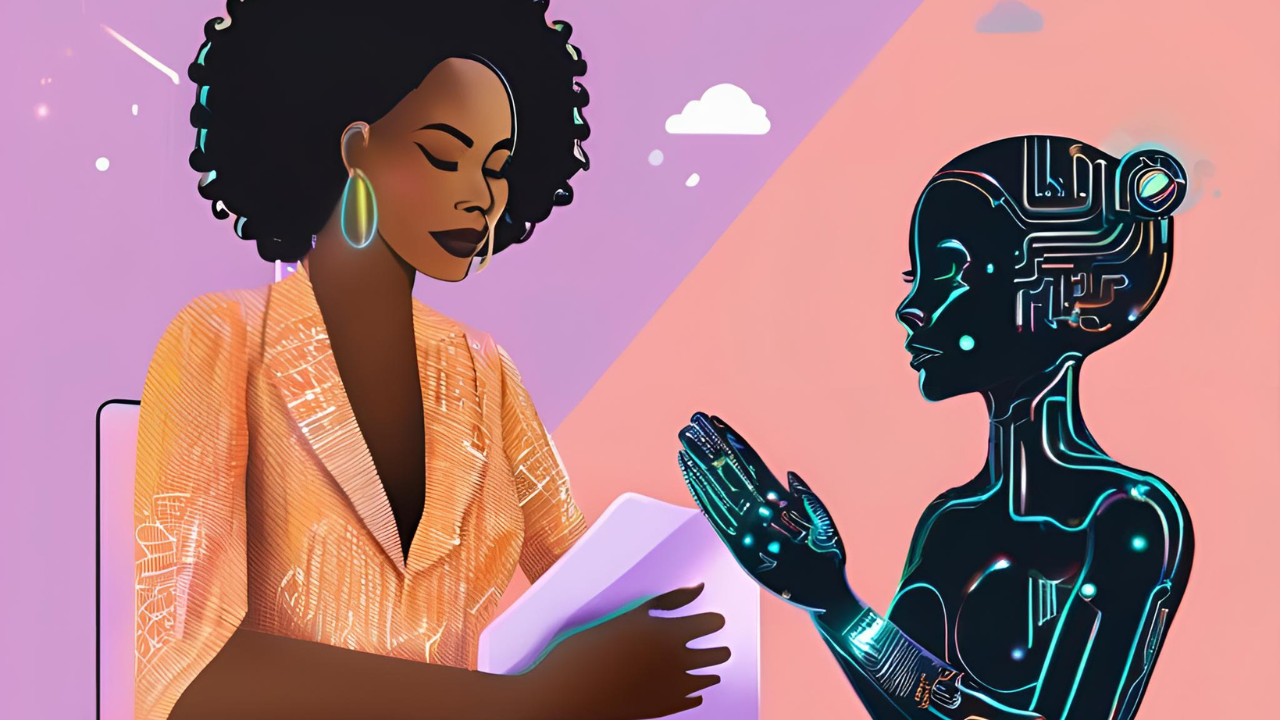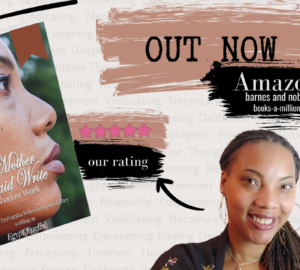Many writers still view AI as a usurper—an entity to be kept at arm’s length lest the spark of human creativity be snuffed out. I am no stranger to the latter suspicions. After all, most of us have seen the movies I, Robot, The Terminator series, and Avengers: Age of Ultron. Yet, AI exists not to lead us but to mirror our steps, revealing movements we did not know we possessed. We are human beings; we invented machines to make our work more efficient and to ensure our lives can be enjoyable. In the women’s mental health community—where voices have been stifled by stigma, trauma, and lack of access—this partnership offers a new era of accessible, wholesome, and genuine knowledge.
Transforming the Taboo
Once, relying on technology for writing guidance felt akin to wearing training wheels on a bicycle—embarrassing, unsteady, and incompetent. Yet, AI has grown into a collaborator: it handles drafts, flags blind spots, suggests fresh metaphors, and even prompts self-reflection. Research shows that professionals using ChatGPT on writing tasks saw a 37 percent boost in productivity, freeing them to focus on higher-value editing and idea development rather than wrestling with blank pages ([1]Gallup.com). Meanwhile, collaborative AI‐writing tools enhance both efficiency and creativity, guiding writers toward new forms of expression without supplanting their voices ([2]Jenni AI).
Empathy in Code
A common fear holds that AI—born of binary logic—cannot grasp the nuance of human suffering. Yet, mental-health chatbots like Woebot and Wysa illustrate a different reality and capabilities. In clinical studies, Woebot’s conversational agent helped reduce symptoms of depression and anxiety and achieved high engagement across diverse populations ([3]Woebot Health). Meanwhile, an AI-enabled agent supporting maternal mental health demonstrated significant emotional support for new mothers. This AI agent was capable of filling gaps that human care alone could not reach([4]Frontiers). AI tools do not replace therapists; however, they can extend care into evenings, nights, and rural corners, offering an empathetic-like ear when human help is unavailable.
Co-Creating the Healing Path
For writers on a mission to empower and help women heal, AI offers a canvas for self-expression and communal uplift. Imagine drafting an essay on resilience: you invoke GPT to generate possible angles—Celtic women’s rites, modern mindfulness, ancestral wisdom—then you weave your own intuitive insights into each thread. The result threads a tapestry richer than either human or machine could produce alone. This co-creative process honors the writer’s intuition while harnessing AI’s ability to surface patterns and connections we might overlook.
Making Resources Accessible and Equitable
Access to mental health resources remains uneven, especially for women in underserved communities. AI assistants can democratize knowledge by generating plain-language summaries of academic research, scripting guided journaling prompts, or crafting affirmations tailored to cultural contexts. As Woebot Health’s mission states, AI wellness tools can make support “radically accessible,” bridging equity gaps in mental health care ([5] Woebot Health). Whether navigating fresh wounds or juggling motherhood’s relentless pace, women can turn to a five-minute AI-guided mindfulness practice for immediate calm—and then collaborate with the same AI to craft personalized self-care plans that affirm and strengthen their resilience.
Best Practices for Writers
- Frame Your Intent: Begin each session with a clear prompt: “Help me explore shame–to–self-compassion arcs in 500 words, drawing on cognitive-behavioral themes.” This anchors the AI’s suggestions to your healing mission.
- Curate, Don’t Copy: Treat AI-generated text as a work in progress, a work to be sculpted, refined, and infused with your unique voice. This approach will ensure you maintain an authentic voice that honors your experiences.
- Let Ethical Boundaries Guide You: Cite sources for factual claims; validate AI-provided data against peer-reviewed studies. Remember that AI can hallucinate—keep the human in the loop.
- Elevate Community Voices: Use AI to transcribe and summarize interviews with women in your readership, then craft articles that center their stories. AI handles the technical lift while you amplify genuine voices.
Toward a Wholesome Knowledge Era
When human writers and AI move in sync, they birth a form of knowledge that is both accessible and authentic. AI brings speed, pattern recognition, and scalable empathy; writers bring intuition, ethical discernment, and the spark of lived truth. Together, they can dismantle the barriers of stigma around women’s mental health, deliver bite-sized wisdom to homes and handheld devices, and craft content that sings with both factual rigor and heartfelt melody.
[1]: https://www.gallup.com/workplace/660572/play-long-game-human-ai-collaboration.aspx “Play the Long Game With Human-AI Collaboration – Gallup.com“
[2]: https://jenni.ai/artificial-intelligence/writing-collaborative-writing “Blending AI with Human Creativity: The Next Wave of Writing – Jenni AI”
[3]: https://woebothealth.com/ais-ability-to-address-gaps “New Woebot Health Study Highlights AI’s Ability to Address Equity …”
[4]: https://www.frontiersin.org/journals/global-womens-health/articles/10.3389/fgwh.2023.1084302/full “Understanding the impact of an AI-enabled conversational agent …”
[5]: https://woebothealth.com “Woebot Health”


